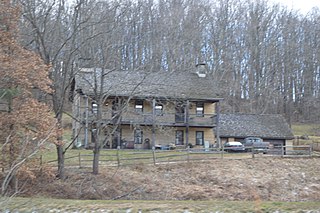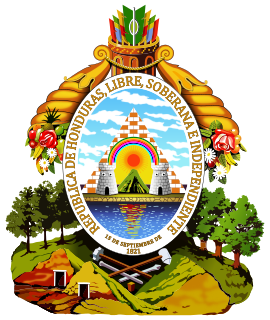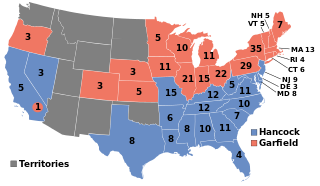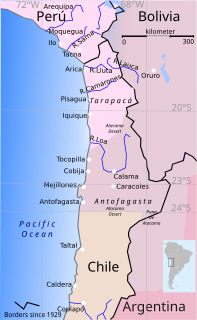
William Almon Wheeler was an American politician and attorney. He served as a United States representative from New York from 1861 to 1863 and 1869 to 1877, and the 19th vice president of the United States from 1877 to 1881.

This section of the Timeline of United States history concerns events from 1860 to 1899.

Elections to the United States House of Representatives were held in 1864 to elect Representatives to the 39th United States Congress. The election coincided with the presidential election of 1864, in which President Abraham Lincoln was re-elected.

Perry Township is one of the twenty-two townships of Coshocton County, Ohio, United States. As of the 2010 census the population was 711.

Bethlehem Township is one of the twenty-two townships of Coshocton County, Ohio, United States. As of the 2010 census the population was 1,123.

Clark Township is one of the twenty-two townships of Coshocton County, Ohio, United States. As of the 2010 census the population was 586.

Crawford Township is one of the twenty-two townships of Coshocton County, Ohio, United States. As of the 2010 census the population was 1,858.

Keene Township is one of the twenty-two townships of Coshocton County, Ohio, United States. As of the 2010 census the population was 1,690.

Lafayette Township is one of the twenty-two townships of Coshocton County, Ohio, United States. The 2010 census reported 4,081 people living in the township, 1,760 of whom lived in the unincorporated portions of the township.

Linton Township is one of the twenty-two townships of Coshocton County, Ohio, United States. The 2010 census reported 646 people living in the township, 489 of whom were in the unincorporated portions.

Monroe Township is one of the twenty-two townships of Coshocton County, Ohio, United States. As of the 2010 census the population was 525.
The United States Senate elections of 1880 and 1881 were elections that coincided with the presidential election of 1880, and had the Democratic Party lose five seats in the United States Senate. The newly elected Readjuster senator caucused with the Republicans, and the Republican Vice President's tie-breaking vote gave the Republicans the slightest majority. All of that changed September 19, 1881 when the Vice President ascended to the Presidency and the Senate became evenly-divided.

Presidential elections were held in Liberia in May 1881. The result was a victory for incumbent President Anthony W. Gardiner of the True Whig Party.

Montana became a territory May 28, 1864 and the first delegation created nine counties: Beaverhead, Big Horn, Chouteau, Deer Lodge, Gallatin, Jefferson, Edgerton, Madison, and Missoula.

General elections were held in Honduras in 1881. In the presidential elections the result was a victory for the Liberal candidate, incumbent President Marco Aurelio Soto, who received 82% of the vote.

The 1880 United States elections occurred during the Third Party System, and elected the members of the 47th United States Congress. Republicans retained the Presidency and took control of the House. An unclear partisan situation prevailed in the Senate. As the first presidential election after the end of Reconstruction, this election saw the first occurrence of the Democratic Party sweeping the Southern United States; the party would carry an overwhelming majority of Southern states well into the 20th century.
The following lists events that happened during 1881 in Chile.

The 1876 United States presidential election in Michigan took place on November 7, 1876, as part of the 1876 United States presidential election. Michigan voters chose eleven representatives, or electors, to the Electoral College, who voted for president and vice president.



















